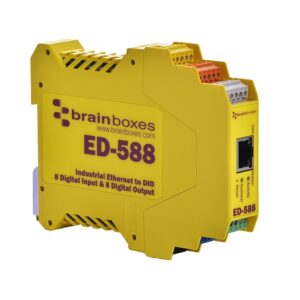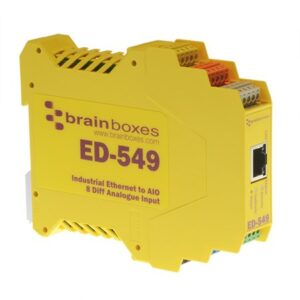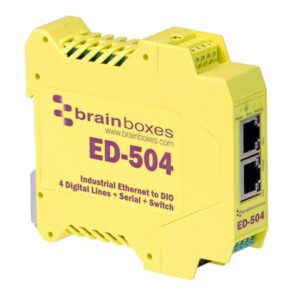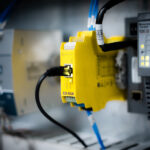Contents
Augmenting traditional production line control with PC based monitoring
By linking production-line PLCs with
PC-based data acquisition and analysis, vendors of high-volume, tight-tolerance
products can exploit of the best attributes of each to achieve consistency and
quality.
Technology
has brought a lot of changes to the factory floor in the past few decades. One
major aspect is the widening gap between the modern computers we use in the
office and the equipment running PET and aluminium can factories. Consider, for
example, the difference between legacy equipment PLCs in a 30-year-old
bottle-plant and the high-tech kit at our desks, and even in our pockets.
In business terms, this means some plants are missing out on the full force of
modern computing ability.
PLCs will
remain an integral part of production. But it is through laptops and PCs, not
to mention smartphones and tablets, that we have access to the vast array of
software used for production planning, tracking, traceability, scheduling and
data storage. Factor in also the PC’s role in the numerous – and increasingly
mandated – regulatory and traceability reports, and their importance in the
factory system becomes even clearer.
For PET and aluminium can production lines, PC-based analysis and connectivity allows
for far greater management insight into the production flow. By analysing key
parameters such as wall thickness at critical points, colour, clarity, and
surface gloss, container manufacturers can guarantee that quality and
performance will be built in to the end product. In short, it makes management
better equipped to anticipate problems, instead of arriving at them on the back
foot.
PCs also allow for the addition into the information chain factors such as beverage
market data, and the availability and pricing of raw materials such as
plastics. Even individual production lines across a number of factories can be
compared, with changes made to improve the performance of units that are
lagging behind.
There’s a flexibility benefit, too, as PCs allow for the accessing of data through
smartphones and tablets – the possibilities for which are dramatic and
wide-ranging (and, frankly, somewhat scary, too).
Still, there is one concern that cannot be ignored – the need to bridge the gap
between often outdated legacy PLCs, with their unique input and output
requirements, and the latest computers and their ever-evolving interfaces.

Replacing PLCs is often not a viable option in existing facilities, nor necessarily
desirable as only dedicated systems can oversee the speed and performance
demands of the line. So how do we add PC functionality to installed legacy
hardware and software, and remain open to the inevitable future requirements?
That question has led to the emergence of a new line of modules that specialise in
integrating PLCs and PCs previously separated by years of technological change.
One such link is the ED-588 from Brainboxes, a DIN-rail mountable, digital
I/O-to-Ethernet module that includes both an Ethernet port and a
legacy-friendly RS485 port.
The ED-588 can be configured, monitored and controlled using a Windows COM port
driver, which enables legacy software support by providing an interface to the
Windows operating system. Networking the older serial modules extends their
life for many years, keeping costs low and investment returns high; beverage
plant engineers don’t need to retrain to use these devices. The port is
compatible with industry-standard PC packages such as LabView, MATLAB, and
Agilent VEE so users can continue to exploit the benefits of their existing
development and process-control systems.
The module can also deliver data directly to smartphones and tablets using Android
or Apple operating systems, as well as to web browsers. System programmers can
use application programming interfaces (APIs) to enhance and tailor the
supplied code examples. These APIs span a wide range: C#, C++, PHP, javascript,
and .NET, with more coming.
And as it is important not to obsolete the installed base while looking ahead, the ED-588
carries adapter modules that provide connectivity and protocol compatibility
between older serial interface standard RS-485 and the ubiquitous USB
connectivity port. This allows for PC-based operating management and
supervision on PLCs in every part of the PET and can production line, from
moulding to spraying to boxing.

The road ahead
As the PC
increases its role in PLC-based production, modules such as Brainboxes’ ED
units will support plant managers who demand PLCs for production control, but
who also want access to the system-wide, analysis-focused, and networked
advantages PCs can bring. Choosing a module with PC and network interfaces and
compatibility allows managers to keep their options open for the future, and
whatever changes that may bring.
Most
importantly, these modules are able to bridge the gap in technology that
previously separated the worlds of PLCs and PCs. With them in place, all parts
of the PET and aluminium beverage can production process can join in tandem,
working together to cut factory costs and fine-tune end quality.
-
ED-588
$275.00 Add to cart
-
ED-549
$385.00 Add to cart




